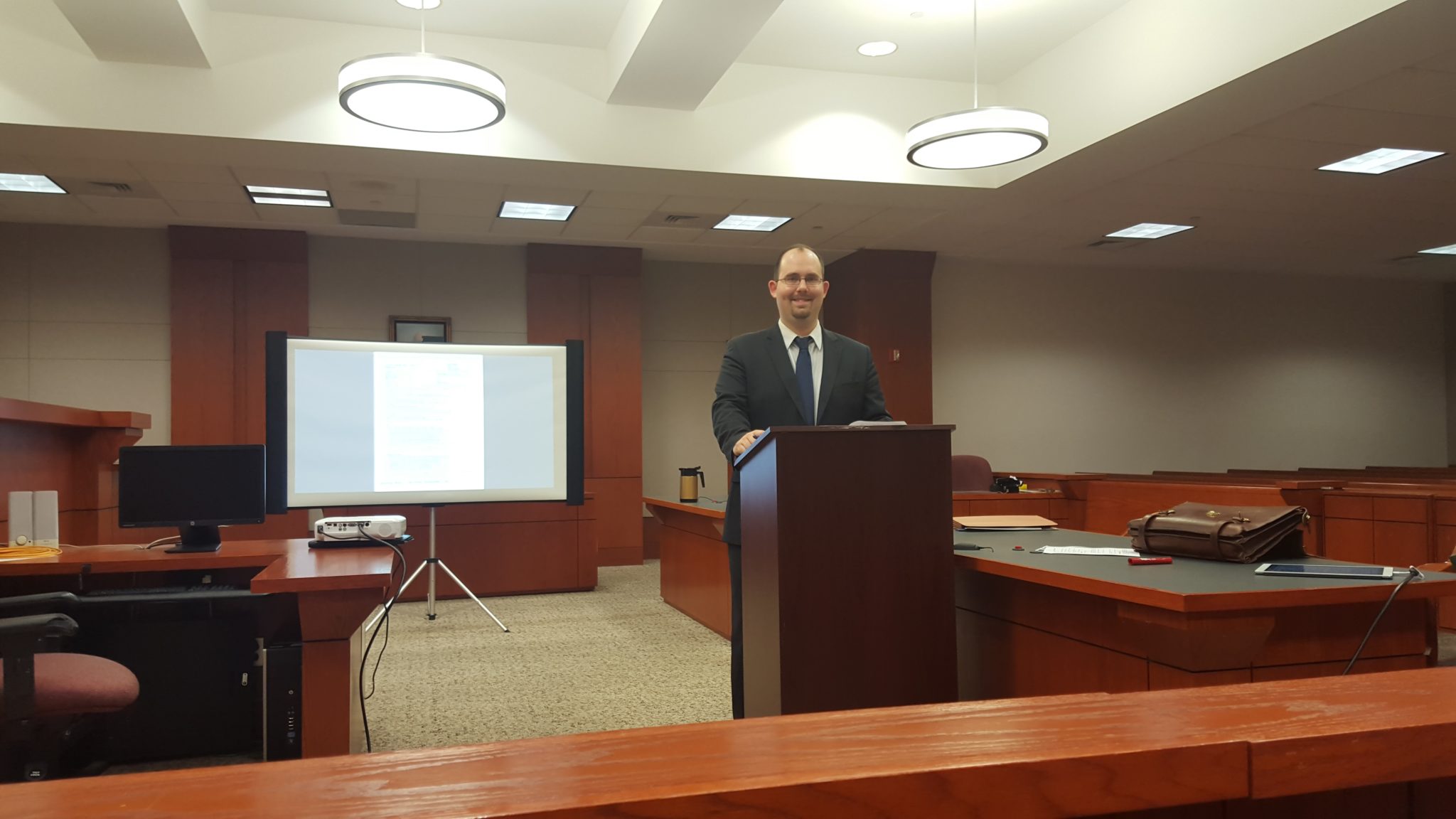Browsing the Complexities of Trial Presentations: Tips for Seamless Shipment and Compelling Disagreements
In the world of legal process, the art of test presentation stands as a vital factor of success. The intricacies inherent in trial presentations call for a delicate equilibrium of skill, method, and skill.

Comprehending Trial Purposes
To successfully navigate a test, it is vital to have a clear understanding of the purposes that need to be attained. Before stepping into the courtroom, legal teams must specify their goals and desired results. These goals function as guiding principles throughout the trial, shaping approaches and influencing decision-making processes.
Understanding test objectives entails a detailed analysis of the instance, lawful precedents, and the client's best interests. Trial Presentations. It needs a meticulous examination of the realities, determining crucial problems, and preparing for prospective difficulties. By setting details and quantifiable objectives, lawyers can tailor their arguments and discussions to align with the preferred outcomes
Additionally, a clear grip of test objectives enables lawful teams to prioritize proof, witnesses, and lawful arguments properly. It enables the growth of a coherent narrative that resonates with the discretionary, strengthening the general instance discussion.

Organizing Evidence Successfully
Having a clear understanding of test objectives lays the foundation for organizing proof successfully in lawful procedures - Trial Presentations. By aligning the presentation of proof with the desired end results of the test, lawful teams can reinforce their disagreements and improve their persuasiveness. One vital facet of arranging evidence is classification. Organizing evidence based on motifs or significance to specific legal elements can help enhance the discussion and make complicated info a lot more digestible for the court or court.
Another key component in arranging evidence efficiently is establishing a logical flow. Offering evidence in a sequential and meaningful manner can assist construct a compelling narrative that supports the legal arguments being made. Additionally, utilizing aesthetic help such as charts, graphes, or timelines can further improve the organization of proof and help in making clear complex partnerships or sequences of events.
Furthermore, making sure that all proof presented is relevant and admissible to the situation is vital. Pointless or inadmissible evidence can take away from the stamina of the disagreement and potentially harm the integrity of today celebration. A thorough testimonial and selection procedure need to be embarked on to consist of only the most these details lawfully sound and impactful evidence in the test presentation.
Crafting Persuasive Narratives
Crafting engaging stories plays a critical duty in presenting influential disagreements throughout lawful process. When creating a story for a test presentation, it is necessary to establish a clear storyline that highlights key factors and attaches them in a systematic manner. By weaving with each other evidence, statement, and legal arguments into a cohesive and influential story, lawful experts can efficiently advocate for their customers and enhance the possibility of a beneficial outcome in the court room.
Grasping Visual Help
Reliable usage of aesthetic help is crucial to boosting the impact and clarity of test discussions. Visual aids, when utilized tactically, have the power to simplify complicated details, enhance bottom lines, and leave a lasting impact on the discretionary. To understand visual help in test discussions, it is critical to make certain that they are clear, succinct, and appropriate to the arguments being made.
When incorporating visual help, such as graphes, timelines, charts, or photographs, right into a trial presentation, it is important to maintain them aesthetically appealing yet expert. The visuals ought to enhance the verbal arguments, providing a visual depiction of the info being talked about without frustrating the audience with unneeded details.
In addition, exercising with the aesthetic aids in advance is critical to make sure a seamless distribution during the test. Familiarizing oneself with the material, transitions, and timings of each aesthetic help can help preserve the circulation of the presentation and protect against technological glitches that may develop.
Delivering Impactful Closing Debates
A compelling closing disagreement offers as the end result of a test presentation, enveloping the core narrative and persuading the court and court in the direction of a desirable choice. Begin by detailing the main debates that support your client's setting, highlighting why the evidence provided throughout the trial sustains your story.
Moreover, integrating sob story can better reinforce your closing argument. By humanizing the instance and linking on an individual level with the decision-makers, you can evoke compassion and understanding, influencing their perception of the facts provided. Additionally, restating the lawful standards that must be satisfied for a positive judgment can strengthen the credibility of your setting. Eventually, a well-crafted closing argument try this website should leave a long-term impression, engaging the discretionary to regulation in your customer's support.
Verdict
In verdict, mastering trial presentations entails recognizing objectives, organizing proof, crafting stories, utilizing aesthetic aids, and providing impactful closing debates. By executing these techniques efficiently, lawyers can present their case flawlessly and make engaging view it debates in the courtroom. It is critical to browse the complexities of trial discussions with precision and skill to attain success in legal proceedings.
By straightening the discussion of proof with the desired outcomes of the test, legal teams can enhance their arguments and improve their persuasiveness (Trial Presentations). To grasp visual aids in test presentations, it is essential to guarantee that they are clear, concise, and pertinent to the disagreements being made
A compelling closing debate offers as the conclusion of a trial presentation, enveloping the core narrative and persuading the court and court in the direction of a positive choice. Begin by outlining the primary arguments that support your customer's placement, highlighting why the proof provided throughout the trial sustains your story.In final thought, grasping test presentations involves recognizing purposes, arranging proof, crafting narratives, using aesthetic aids, and delivering impactful closing arguments.